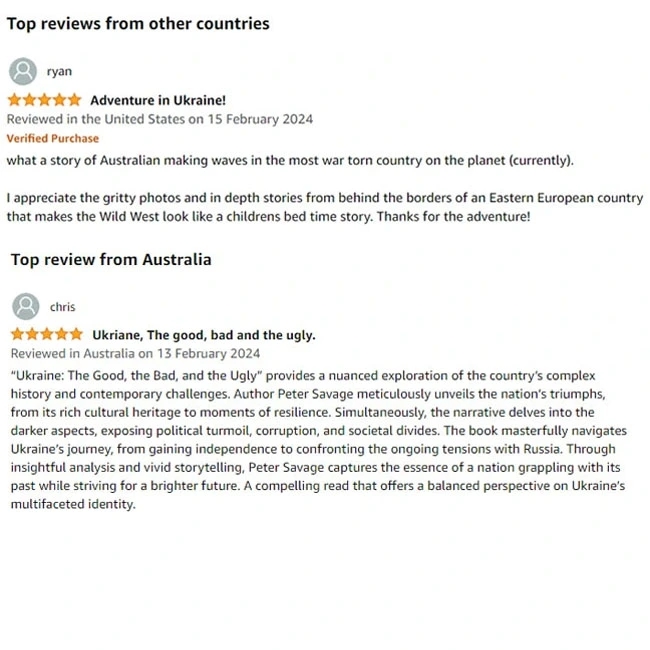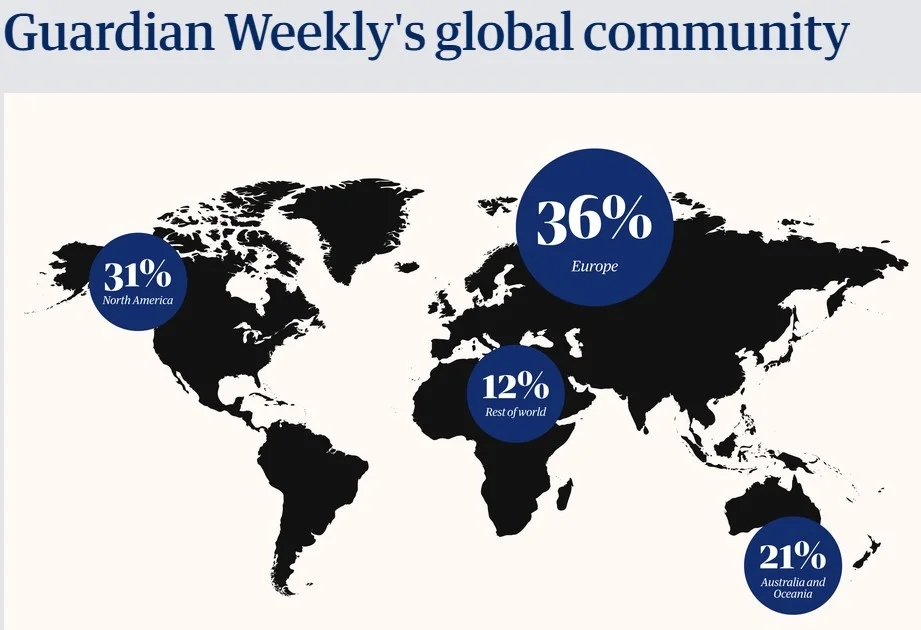Understanding Global Conflict and Cooperation
Author: Joseph S. Nye, Jr. & David A. Welch
Publisher: Pearson Education Asia Ltd and China Renmin University Press
Year of Publication: 2012
An Introduction to Theory and History” by Joseph S. Nye Jr. and David A. Welch is organized into three main sections: modern history, the current period, and future projections. Here’s a breakdown of the key themes and the approach taken by the authors:
Structural Overview:
The book is structured into nine chapters, with the first five focusing on modern history, chapters 6 to 8 examining the current period, and the final chapter (Chapter 9) offering insights into the future of global politics and international relations.
Temporal Focus:
The book covers a broad historical span, providing readers with an understanding of global conflict and cooperation from historical perspectives to the present day. This temporal range allows for a comprehensive examination of the evolution of international relations.
Concept of Complex Interdependence and Interconnectivity:
The authors highlight the contemporary world as characterized by an era of complex interdependence and interconnectivity. This likely means that global actors are more interconnected and interdependent than ever before, with events in one part of the world affecting others.
Lessons from History:

Nye and Welch use historical examples to illustrate and analyze global conflicts and cooperation. This approach allows readers to gain insights from past events and apply them to contemporary issues.
Theoretical Framework:
The authors subject historical events to theoretical explanations, providing readers with a conceptual toolkit to understand the dynamics of global politics. This theoretical foundation appears to enable readers to analyze current global phenomena and make predictions about future international relations outcomes.
Conflict and Cooperation Dynamics:
The authors acknowledge the inevitability of conflict whenever different preferences exist. They emphasize the need for cooperation to address conflicts and allocate resources effectively. The idea of compromise and mediation as solutions to conflict is highlighted.
Preventing Conflict:
The mention of compromise and mediation suggests that the authors provide a nuanced perspective on conflict resolution, emphasizing that conflict doesn’t always have to result in a winner and a loser. Instead, it can be managed through negotiation and finding common ground.
Future Projections:
The final chapter appears to offer projections into the future of international relations. This forward-looking approach can help readers think critically about the potential trajectory of global politics and prepare for emerging challenges.
In conclusion, the book seems to offer a comprehensive exploration of global conflict and cooperation, integrating historical perspectives, theoretical frameworks, and future projections. It aims to equip readers with the tools needed to analyze and understand the complexities of international relations in our interconnected world




Leave a comment